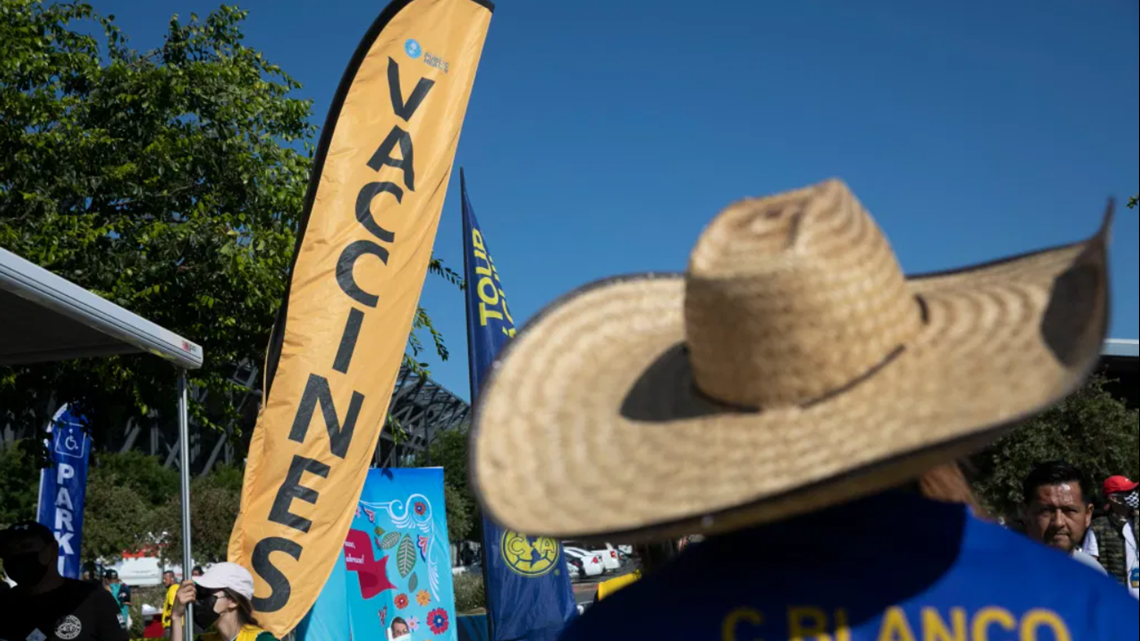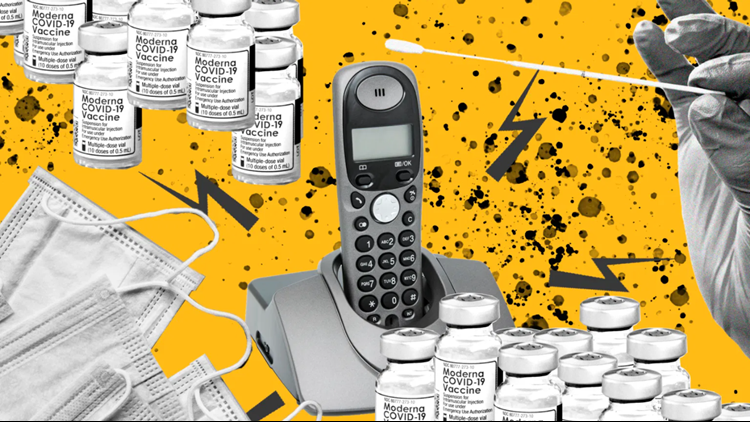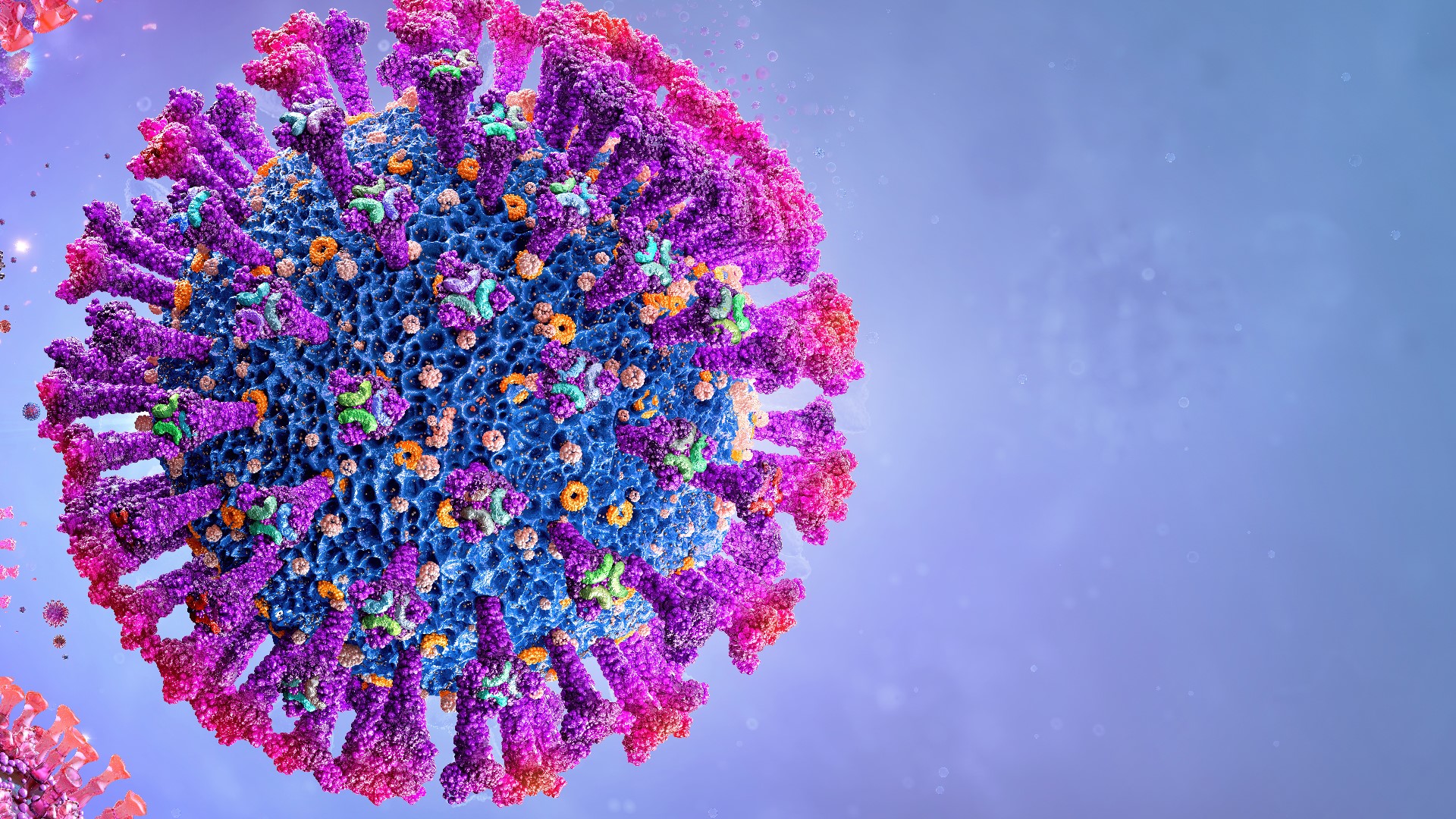CALIFORNIA, USA — Fighting COVID-19 in California has cost taxpayers at least $12.3 billion since the start of the pandemic.
That’s more than the gross domestic product of 50 nations. More than the value of the Dodgers, Yankees, and Giants combined. Almost double General Motors’ profits last year. Enough to give $313 to every single Californian.
And that doesn’t include $110 billion from the feds to boost unemployment checks, and billions more in federal stimulus money, rent aid, and loans to businesses shuttered for much of last year.
State finance officials added up the government costs from about 40 categories and came up with the $12.3 billion estimate for “total direct pandemic emergency response” between 2020 and 2022.
What did our federal and state tax dollars buy?
Truckloads of N95 respirators and surgical masks desperately sought by health care workers in the early days of the pandemic, purchased through a controversial $1.4 billion contract.
Hundreds of millions of gowns and plastic gloves.
Extra beds in hospitals.
Medical interpreters to handle hundreds of languages.
Laptops for students suddenly thrust into remote learning.
Temporary workers to trace contacts of infected people and answer hotlines swamped by unemployed Californians seeking benefits.
One of the biggest price tags was for state prisons, where 227 infected prisoners have died, and combatting COVID-19 has cost nearly $1.6 billion. Other big price tags: Testing for the virus, at more than $1.8 billion, and $1.1 billion in lab equipment for overloaded public health labs.
The $12.3 billion may sound like a lot for a single state. But University of Southern California economist Adam Rose spells out the high stakes: He estimates that the cost of lives lost to COVID-19 in the United States could top $6.2 trillion, with another $5 trillion in overall impact. The economic burden of the pandemic far exceeds that of the Great Recession, Rose said.
More than 63,000 Californians have died from COVID-19.
“If you save 1,000 lives, that’s $10 billion that you save. If you did nothing at all, the situation would be much worse,” said Rose, who studies the economics of disasters. “You’re going to pay one way or another.”
Much of the money spent in California has come — or is forthcoming — from the federal government. To put that in perspective, Congress approved more than $5 trillion in COVID-19 related relief spending — more than all federal spending in 2019.
Hiring and training new case investigators and contact tracers cost $233 million in government funds. Some of that money went to Allison Busch-Lovejoy, a Caltrans analyst, who said she was “voluntold” last year to help trace COVID-19 cases in the Los Angeles region as part of a $8.7 million training program, run by UCLA and UCSF health experts, to aid overwhelmed county health departments.
“It challenged me as a human being,” said Busch-Lovejoy, who lives in Humboldt County. “It was difficult work to talk to people who were very ill, sometimes in hospital, always a challenge to honor the person you were speaking with.”
Nearly $1.4 billion of federal and state funds supported California’s massive vaccination campaign, which after a rocky rollout has seen more than 20 million Californians fully immunized.
Early on, that money financed the operations of mass vaccination clinics that could serve thousands in a day and the $50 million problematic MyTurn appointment and vaccine tracking system.
Yet vaccine progress has been uneven across the state, with lagging vaccination rates in rural counties, lower-income communities and among Black and Latino Californians. Now, federal and state money is being used to reach people who’ve been hesitant or unable to access the vaccine, through door-to-door vaccination drives, phone-banking, and special events.
This month, state and local health officials staged a vaccination pop-up clinic and festival before a soccer match at the PayPal Park stadium in San Jose. The first 155 people immunized received a free pair of tickets to an exhibition match between two popular Mexican soccer teams.
The event drew Rosa Vargas and her boyfriend, Isidro Velazquez, all the way from Madera in the San Joaquin Valley. Velazquez, who already has been vaccinated, said they saw it as a good opportunity for Vargas to finally get immunized — and also get two free tickets to the sold-out match.
Dr. Gerardo Solorio Cortes, a Gilroy-based primary care doctor overseeing the pop-up clinic, considered the funds for the festival well-spent because it attracted hundreds of people, nearly all Latinos. “What better way to get people vaccinated?” he said.


California’s food banks have received about $230 million in state and federal cash grants as well as USDA boxed food deliveries. It was a much-needed boost for the Second Harvest of Silicon Valley, which saw demand for its food double early in the pandemic.
“We had to extremely quickly increase the food and infrastructure,” said Tracy Weatherby, the food bank’s vice president of strategy and advocacy.
The food bank used the money to buy 15 tractor trailers and lease another warehouse, and started a home food delivery program, Weatherby said. Soon the food bank was providing about 500,000 people with fresh produce, meat, milk, rice, beans and other foods, up from 250,000 pre-pandemic.
Government officials also funded 140 National Guard members and 100 San Jose Conservation Corps members to assist the food bank’s staff as volunteers stayed home.
“Double the people, double the food,” Weatherby said. “That’s what we’ve been dealing with.”
Before the pandemic, government grants made up 5 to 6% of the food bank’s budget, with other support from corporate, nonprofit, and individual donations. Last year, that support doubled to about 12%, Weatherby said.
Weatherby says the food bank anticipates continuing its doubled distribution.
“We’re not seeing that need go down yet and we expect it not to go down for years,” Weatherby said. “People are in a very, very deep hole.”



